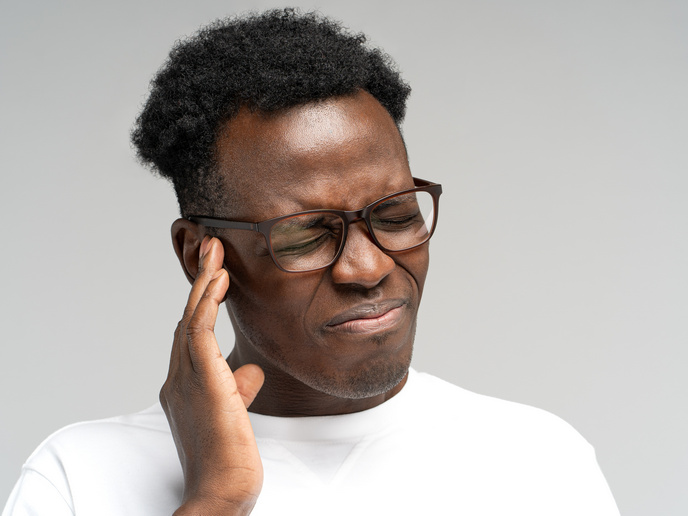A personalised approach to treating tinnitus
Tinnitus, the perception of sound that does not have an external source, affects more than 10 % of the general population. Whether that phantom noise is a ringing, buzzing or roaring, the risk of having this condition tends to increase as one gets older. Considering Europe’s ageing population, it is expected that the number of people suffering from tinnitus will double by 2050. While there is no cure for tinnitus, there are various treatment options. The problem is determining which treatment is best for which patient. “A large variety of patient characteristics, including genotyping, aetiology and phenotyping, remain poorly understood,” explains Winfried Schlee, a researcher specialised in tinnitus. “This is largely due to the fact that we lack the integrated system approaches needed to understand a patient’s tinnitus-related suffering – a prerequisite for predicting how one will respond to a given therapy.” With the support of the EU-funded UNITI project, Schlee led an effort to bring some much-needed clarity to treating tinnitus. To do so, the UNITI team used various types of data to create a predictive model for determining the best treatment, or combination of treatments, for each patient.
Identifying factors for predicting tinnitus
To start, the project analysed clinical, epidemiological, medical, genetic and audiological data – including signals reflecting ear-brain communication – from existing databases. “By investigating the clinical characteristics and genetic and blood biomarkers of tinnitus, the team was able to extract several predictive factors for different patient groups,” says Schlee, who coordinated the project’s interdisciplinary team of researchers. The UNITI team tested these predictive factors via a randomised controlled trial (RCT) involving 461 patients. During the trial, different groups of patients underwent a combination of therapies targeting the auditory and central nervous systems. “The RCT – which was one of the world’s largest tinnitus trials – was a resounding success, demonstrating good clinical efficacy of almost all treatment arms,” adds Schlee. Researchers also found that the combination of treatments seems to help more than the use of a single treatment, even though the combination of treatments does not show a synergistic effect of the treatments. More information on these findings can be found in this paper published by the UNITI team.
Recommending tailored examinations and treatment strategies
The results of the RCT, in combination with the project’s extensive data analysis, were then used to develop a clinical decision support system (CDSS). “The CDSS is designed to recommend tailored examinations and optimal treatment strategies for individual tinnitus patients based on their profiles,” remarks Schlee. The CDSS was tested and validated during the project and showed strong performance and effectiveness in guiding treatment choices.
Benefiting tinnitus patients today
During the UNITI project period, an estimated 1 000 tinnitus patients benefited from the treatments received. But, according to Schlee, this is only the tip of the iceberg. “By improving our understanding of tinnitus, we have opened the door to developing effective and personalised treatment strategies for this often debilitating disease,” he concludes. To ensure that all the project’s knowledge and tools are used for the purpose of advancing tinnitus treatment, researchers established a UNITI working group. In addition to continuing the project’s research, the group is also seeking additional funding opportunities.
Keywords
UNITI, tinnitus, disease, data, biomarkers, randomised controlled trial, auditory, central nervous systems, clinical decision support system



